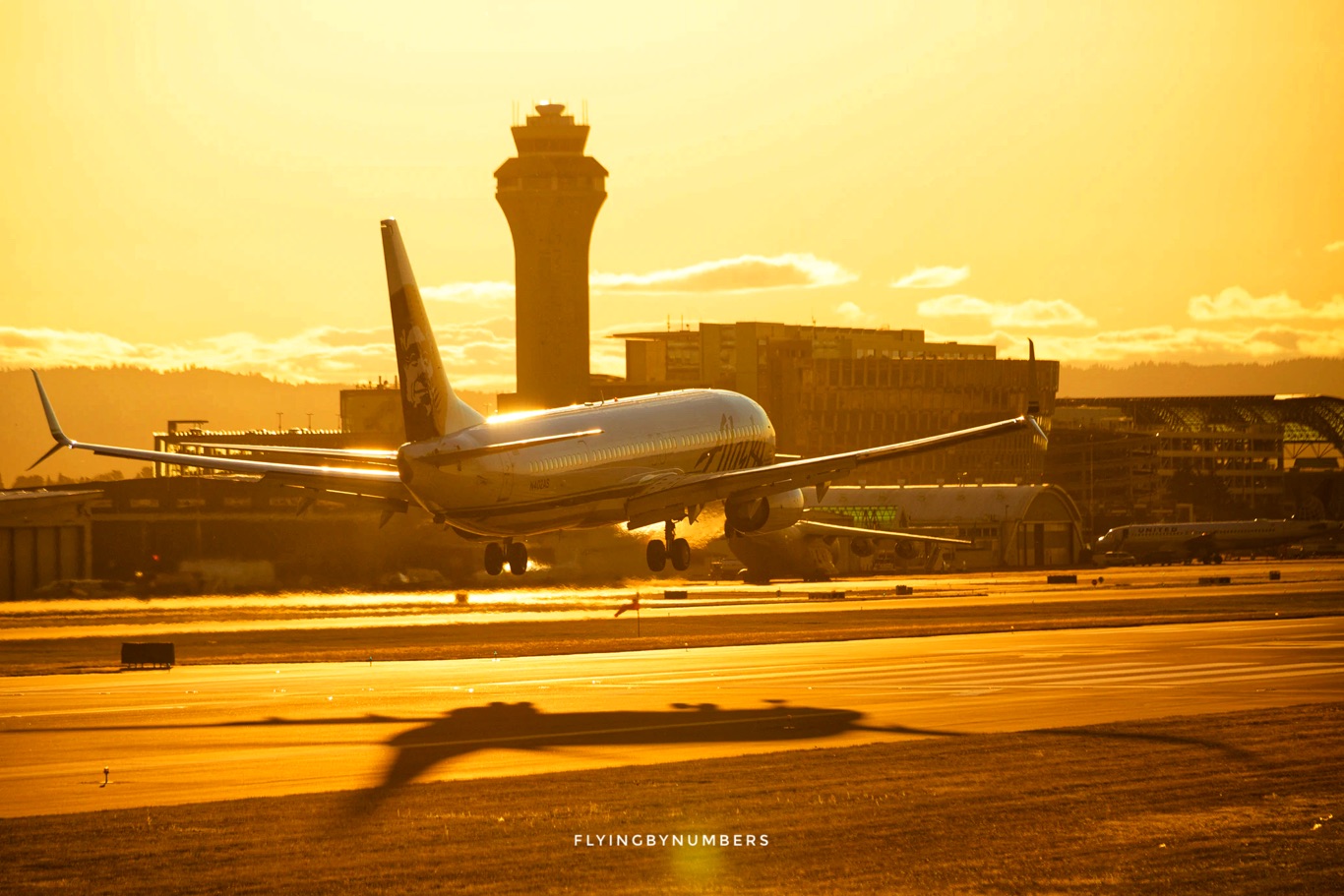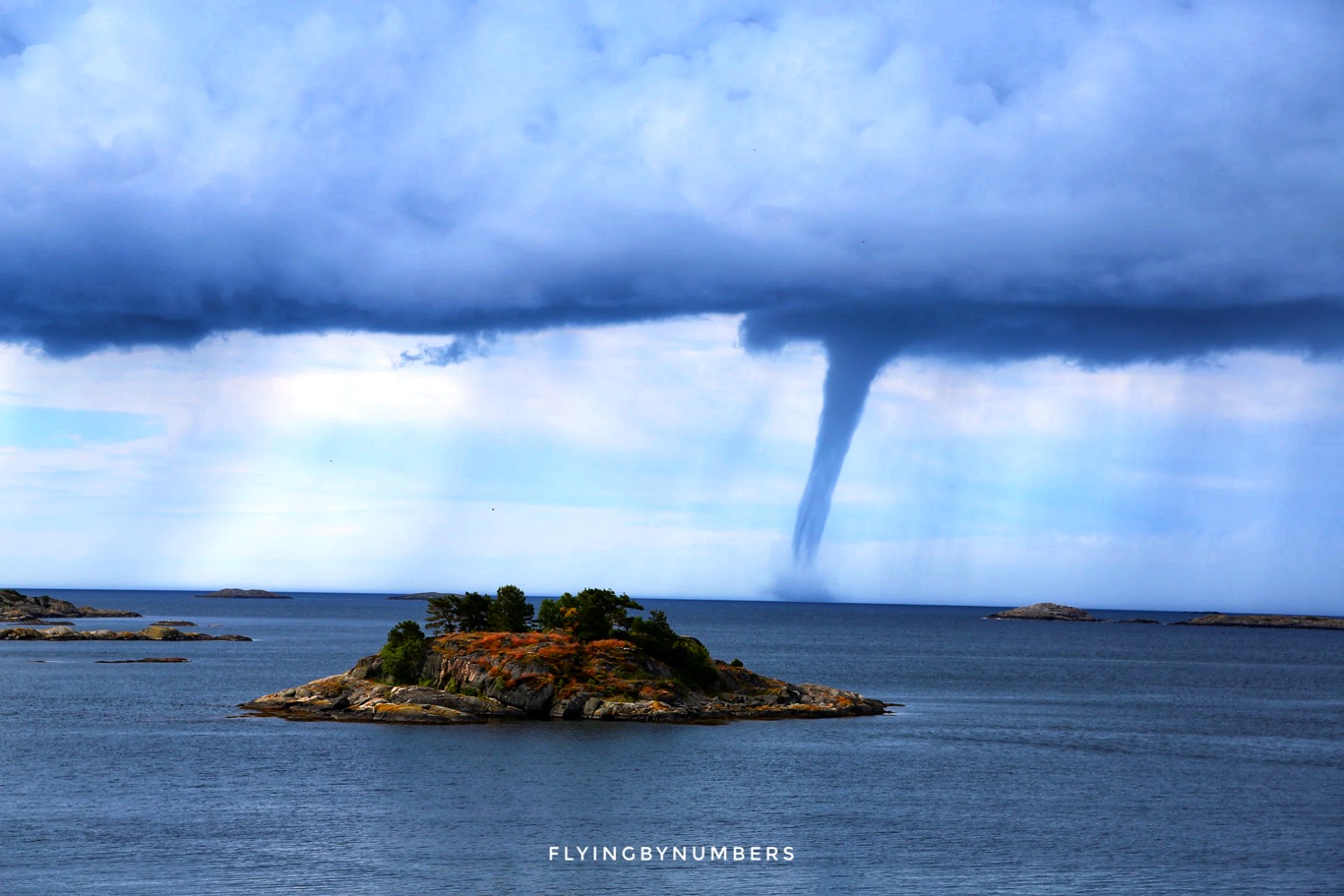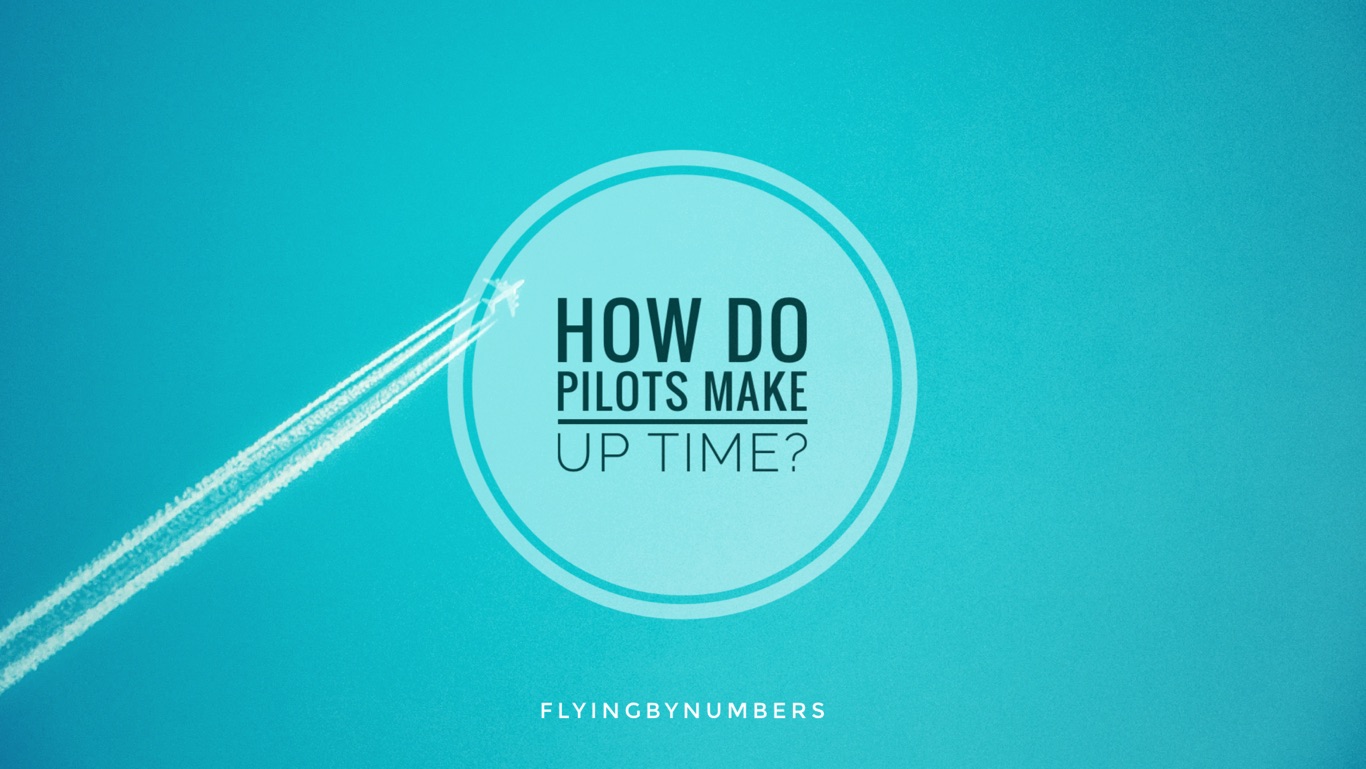Most people have experienced the feeling of being on a delayed flight. You board the plane and take your seat, only to look at the departure time and see that it has been pushed back.
You then spend the next few hours trying to work out how late you will be arriving at your destination. Will you make the last train, what time do you tell friends or family to come and pick you up?
However, on many occasions, the pilots will make up time and the flight will arrive significantly closer to schedule than on first look.
So, what’s going on? How do pilots make up time? Here’s a behind-the-scenes look, written by an airline captain, at 5 tricks pilots and airlines use to arrive closer to schedule.
Flying faster
Can pilots just fly faster? It sounds a simple solution to making up time in the air, but often it is the simple methods that work. And the truth is, yes they can!
There are 2 ways pilots normally can fly faster.
The first method is to increase their speed below 10,000ft (ca. 3 km):
Air traffic control will occasionally allow pilots to increase speed beyond this 250 kts limit, with most commercial aircraft capable of flying nearly 100 kts faster if allowed. It may only cover a small period of the overall flight time, however getting rid of this speed limit — “maintaining high-speed below 10” in pilot speak — can shave several minutes off the flight time.
The second method is simply to increase the cruising speed of the aircraft:
Aside from the addition fuel burnt, the downside to this second method is that flying faster only really works on longer sectors. Pilots flying faster can save 30+ minutes easily on longhaul flights. On many shorthaul or regional routes, flying faster may burn more fuel, but will only save a couple of minutes at best.
Skipping the takeoff queue

At most busy airports, it’s not uncommon for large queues of aircraft waiting to depart to form. Major internationals such as, China’s Shanghai, New York’s JFK, and London’s Heathrow Airport all consistently have taxi times approaching half an hour in peak periods.
Where delays are common due to the high volume of traffic, rather than simply miles of taxiing, late-running aircraft can occasionally skip the queue and depart from an intersection
How do they skip the queue?
The benefits of skipping the takeoff queue can be huge — shaving 25 minutes or more off waiting times — but at the busiest airports the request is rarely carried out
More direct routings
Another way pilots make up time in the air is by flying a more direct routing. This means that instead of flying the usual, published route, the pilot will fly a more direct line to the destination. In other words, they will cut some corners!
Don’t aircraft fly the most direct route all the time? Generally, this is true, airlines would rather not waste additional time or fuel flying indirect routings, so time savings can be minimal.
However, there are occasionally some (huge) benefits pilots can take advantage of.

Equally, in busy airspace such as mainland Europe, many airspace restrictions are to do with capacity constraints. Put simply, there are too many aircraft scheduled to fly through one “piece” of airspace at once, causing delays as aircraft have to fly around these busy areas or wait for their turn in the queue.
By flying at a lower or higher level — or even by being so late that the peak traffic periods have passed! — pilots can ask for more direct routings and shave several minutes off their flight time.
Taking advantage of wind direction
This one is a bit more complicated, but it’s all about using the wind to your advantage. It may not sound like much, but it can save valuable time, particularly if there is a strong tailwind for the duration of the flight.
There are 2 key ways pilots make up time by taking advantage of the weather, one involves exceptionally strong winds, and the other involves the opposite!
A jet stream is a strip of fast flowing air high up in the sky which flows from west to east. It can blow at speeds of over 200mph (ca. 322 km/h), and this obviously has a giant effect on how fast an aircraft can fly in relative terms.
One thing to consider is that it’s normally not this straightforward. Jet streams vary in height, direction, and speed, so aircraft may not be able to take advantage of their location on many routes. Equally, jet streams can be very turbulent, so pilot’s and flight planners may wish to avoid them entirely on some days.
What if there isn’t a strong wind? This second method relates to the low-level winds, and is how pilots make up time without a helpful tailwind.

Fudging the schedule
This final method airlines use to make up time is largely out of the pilots control. However, it’s a popular method for many airlines, and is also why industry statistics involving the “most on time” airlines are almost always not worth relying on!
Airlines and pilots work towards 2 target times for a flight, the block time, and the flight time.
The block time is the scheduled time from when the plane leaves the gate to when it arrives at the destination gate. This is the time advertised on online schedules, and what the arrival time printed on passenger tickets is based upon.
Block times include taxi out times, the flight time, an additional delay factor, and the taxi in time. In contrast, the flight time is how long it actually takes to fly the aircraft from A to B.
Virtually all airlines use statistical models to work out average flight times with seasonal weather conditions, and base their block times around this.
Summary
As you can see, there are a few tricks that pilots and airlines can use to make up time. Often, it’s the simple methods that work best. So, yes — many times, pilots just fly faster!
However, there are many additional methods pilots will try to make up time, to get customers to their destination on time.
In the air these can vary from re-routing the aircraft around busy airspace, or bad weather, asking air traffic control to remove low-level speed restrictions, or taking advantage of strong upper level winds.

On the ground, pilots might ask to skip takeoff queues, or even land on different runways to facilitate a faster get away. Finally, some airlines prefer to under promise and over deliver. They often allow additional time in the schedules, so that flights always tend to arrive on time or early regardless of minor delays!
So, next time you’re sat on a delayed flight, try not to worry too much. The chances are that the pilot will be doing everything they can to get you there as close to on schedule as possible.





